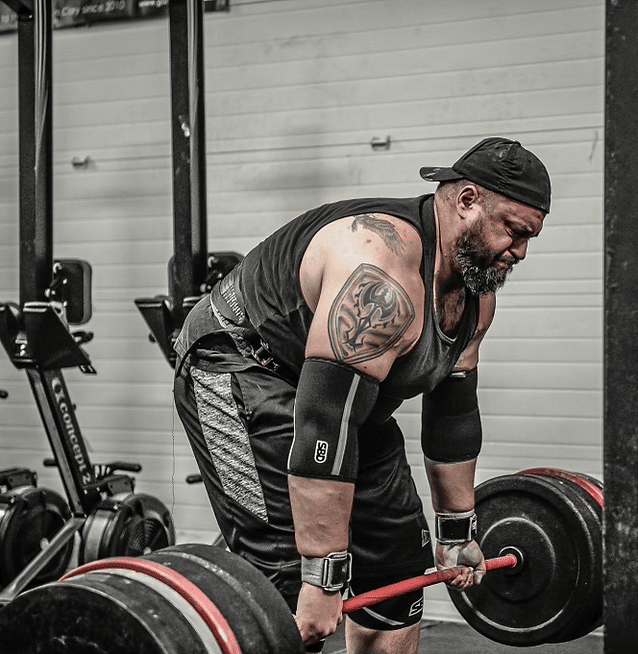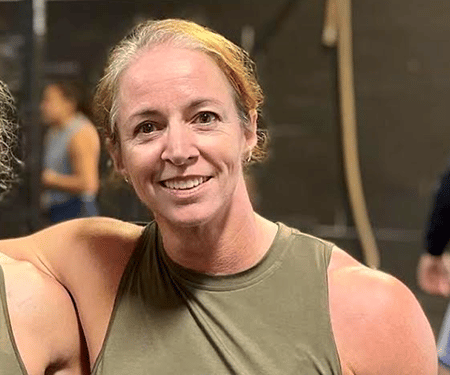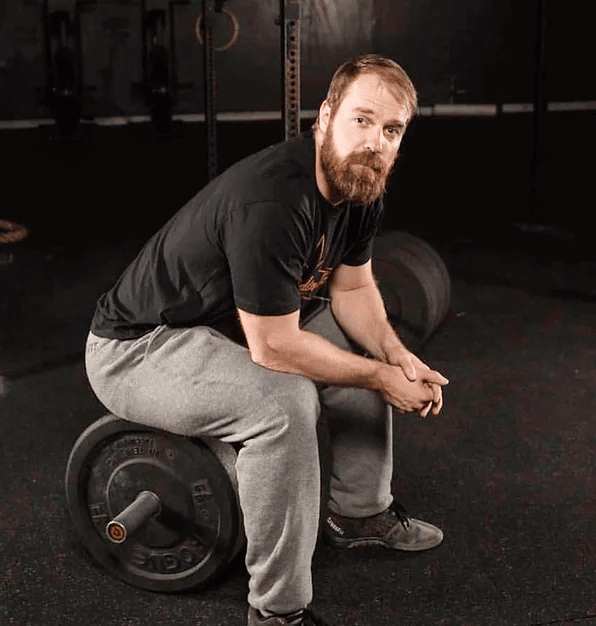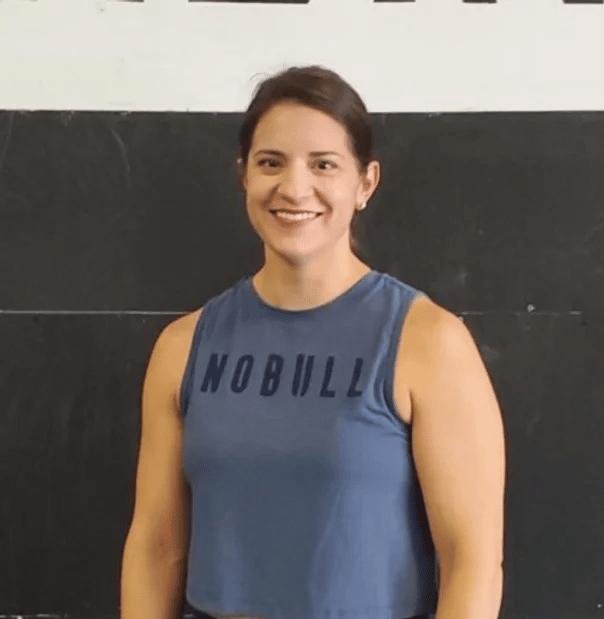Programming with Intention and Measuring its effectiveness is critically important. While many members want to just get a great workout and sweat a bit, CrossFit is focused on training for fitness. In this article we will analyze our 2023 Programming a bit and talk a bit about 2024.
Programming Standards
The key to measuring our fitness improvements is to make sure we have a true apples to apples comparison. If we score every workout differently, then how we can truly measure our results. With that in mind, the following guidelines are important:
- 6-6-6-6 Deadlift – A Dash means that there can be/should be an increase in weight. An “x” implies the weight stays the same across all sets. For example, This is 4 sets of 6 deadlifts increasing weight with each set. Typically the scoring component for this will be a 1×6 (or the heaviest set)
- 4×6 Deadlift – This is 4 sets of 6 deadlifts with the same weight across. This is typically followed by a percent guidance (e.g. 4×6 Deadlift at 75% of your 1RM). This should be scored as 4×6 as there are no weight changes.
- Members should reset their machine monitors before starting a round.
- Runs start in your “area” and end in your area
- During a metcon the barbell/weights will come from the ground
- 100m Run/Row/Ski/Bike = 1 Rep
- In a metcon the terms “snatch” or “clean” can be muscle, power or squat
- The term “burpees over the bar” can be lateral or bar facing.
- Total Counts are per “leg/arm”. For example:
- Pistols will be counted individually. In other words 13 pistols is 13 total pistols
- Lunges will be counted individually (ie. 13 Lunges is 13 total lunges)
- Lunges can be forward or backward and don’t have to be alternating unless it is explicitly stated.
- In a metcon, the jerk can mean push jerk or split jerk, however if you are considering split jerking in a metcon, you should talk to your coach
2023 Personal Records Analysis
Analyzing Programming for efficacy is not an easy task. There are many factors to consider such as attendance, number of repeat workouts and lifts, and the demographics and goals of our members. Taking a look at 2023 (Jan-Nov) vs. 2022 (Jan-Nov) with the same set of members. We get very comparable results. Our members continue to PR their Weightlifting at a consistent rate. One thing to note is that 2023 saw a sharp increase in Metcon PRs. This is likely due to the increased number of repeat workouts from 2022 to 2023.
| PR Type | 2023 PRs | 2022 PRs |
| MetCons | 417 | 198 |
| Weightlifting | 823 | 984 |
| Grand Total | 1,240 | 1,182 |
If you look at our overall number of PRs for the entire community – We see a 50% increase in the number of PRs from 2022 and 2022 saw a roughly 50% increase from 2021. This is probably due to the fact that newer members will generally PR more often than existing members. Either way this trend is positive.
2024 Programming Cycles
This year we have planned out 5 Strength Cycles with each on running ~8 weeks. This will give us time between cycles to prepare for our next cycle and some flexibility in our programming. Each cycle will have a theme and an animal that represents that theme. Why an animal?, I don’t know…I couldn’t think of the right Star Wars characters 🙂 For info on our first cycle of 2024 nicknamed “Falcon” click here.
2024 Programming Benchmarks
We have already laid out our framework for our strength cycles for 2024 with a goal of improving our strength and power. This year we will see 5 cycles and will maintain our current programming style with a stregnth/skill and a metcon 3-4 days per week and a longer Metcon at least once a week. We are very excited about our cycles next year!
Starting in 2024 we will refine our ability to analyze our communities fitness by using a select group of named benchmark workouts designed to test our fitness across both time domains (short, medium, and long) and modes (Gymnastics, Metabolic Conditioning, and Strength).
Check out our Benchmark workouts below

CrossFit focuses on building the bodies ability to produce energy over various time domains. There are three metabolic pathways that provide our muscles with energy: the phosphagen pathway, the glycolytic pathway, and the oxidative pathway with each one focusing on a different time domain. These are listed below:
The phosphagen pathway dominates high power, short duration efforts: things that take less than 10 seconds but require a huge power output. Think a few reps of a heavy lift, or an 100-yard dash.
The glycolytic pathway – think 30 second to 2 minute range, and powers high power efforts that last a little bit longer than 10 seconds. Think Tabata squats, or short, intense workouts like “Fran”, “Grace” etc.
The oxidative pathway provides energy for all longer, lower-powered aerobic activities. Think longer, less intense workouts like “Murph”.
The phosphagen pathway dominates high power, short duration efforts: things that take less than 10 seconds but require a huge power output. Think a few reps of a heavy lift, or an 100-yard dash.
The glycolytic pathway – think 30 second to 2 minute range, and powers high power efforts that last a little bit longer than 10 seconds. Think Tabata squats, or short, intense workouts like “Fran”, “Grace” etc.
The oxidative pathway provides energy for all longer, lower-powered aerobic activities. Think longer, less intense workouts like “Murph”.


















